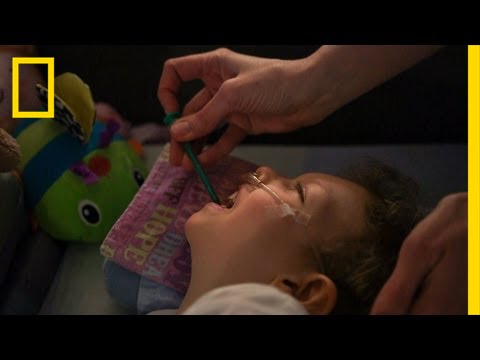Penn and Nicole Mattison’s daughter, Millie, has infantile spasms with hypsarrhythmia, a form of epilepsy. By the time she was four months old she was having upwards of 700 seizures a day. The Mattisons tried numerous medications and diet plans, but Millie didn’t improve. After her doctors said they’d tried everything they could, the Mattisons looked to Colorado for an alternative treatment.
➡ Subscribe: http://bit.ly/NatGeoSubscribe
About National Geographic:
National Geographic is the world’s premium destination for science, exploration, and adventure. Through their world-class scientists, photographers, journalists, and filmmakers, Nat Geo gets you closer to the stories that matter and past the edge of what’s possible.
Get More National Geographic:
Official Site: http://bit.ly/NatGeoOfficialSite
Facebook: http://bit.ly/FBNatGeo
Twitter: http://bit.ly/NatGeoTwitter
Instagram: http://bit.ly/NatGeoInsta
Click here to read more on what scientists are discovering about marijuana online in National Geographic magazine: http://ngm.nationalgeographic.com/2015/06/marijuana/sides-text
Some parents are turning to cannabidiol (CBD) oil, a cannabis extract with little or none of the psychoactive compound THC, to treat their children who have cancer and epilepsy. The oil is currently legal in more than a dozen U.S. states, but the supply is limited. The science also lags the law—dosing standards haven’t been set, and the effects of long-term use are unclear. Many doctors believe that more research is needed. In “Cannabis for Kids” a few parents share their experiences navigating the uncertainties of medical marijuana in America as they try to help their children.
“Our hands were tied.” Millie’s Story (Cannabis for Kids, Part 1) | National Geographic
https://youtu.be/XvwASmdTEOI
National Geographic
https://www.youtube.com/natgeo
source



